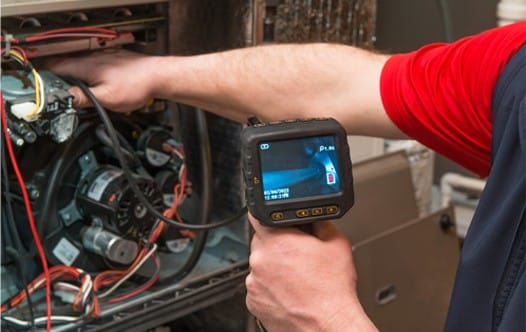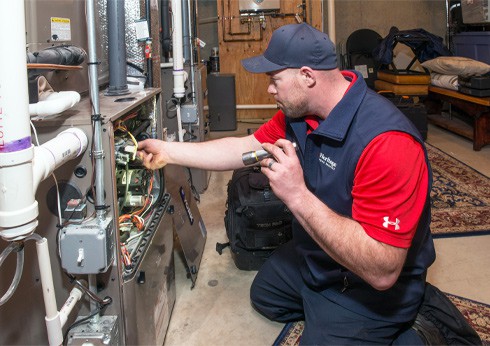Professional Heat Pump Installation & Repair
Installation & Replacement
Heat pumps are not one-size-fits-all – you will need a professional to calculate the right size system for your needs. During a free consultation with one of our HVAC experts, we can recommend a model based on the size of your home and your personal preferences. We even offer a range of ductless heat pumps, also known as ductless mini splits, which are highly efficient and great for homes without existing ductwork.
Maintenance & Repair
Regular maintenance is the key to keeping your heat pump in good condition. Without it, your system is more likely to break down and bring up your monthly energy costs. Heritage’s HVAC technicians have decades of combined experience maintaining and repairing heat pumps, and our maintenance membership program ensures that you never miss an appointment. And if you do need emergency repairs, you can always call us for same-day service as late as midnight.


